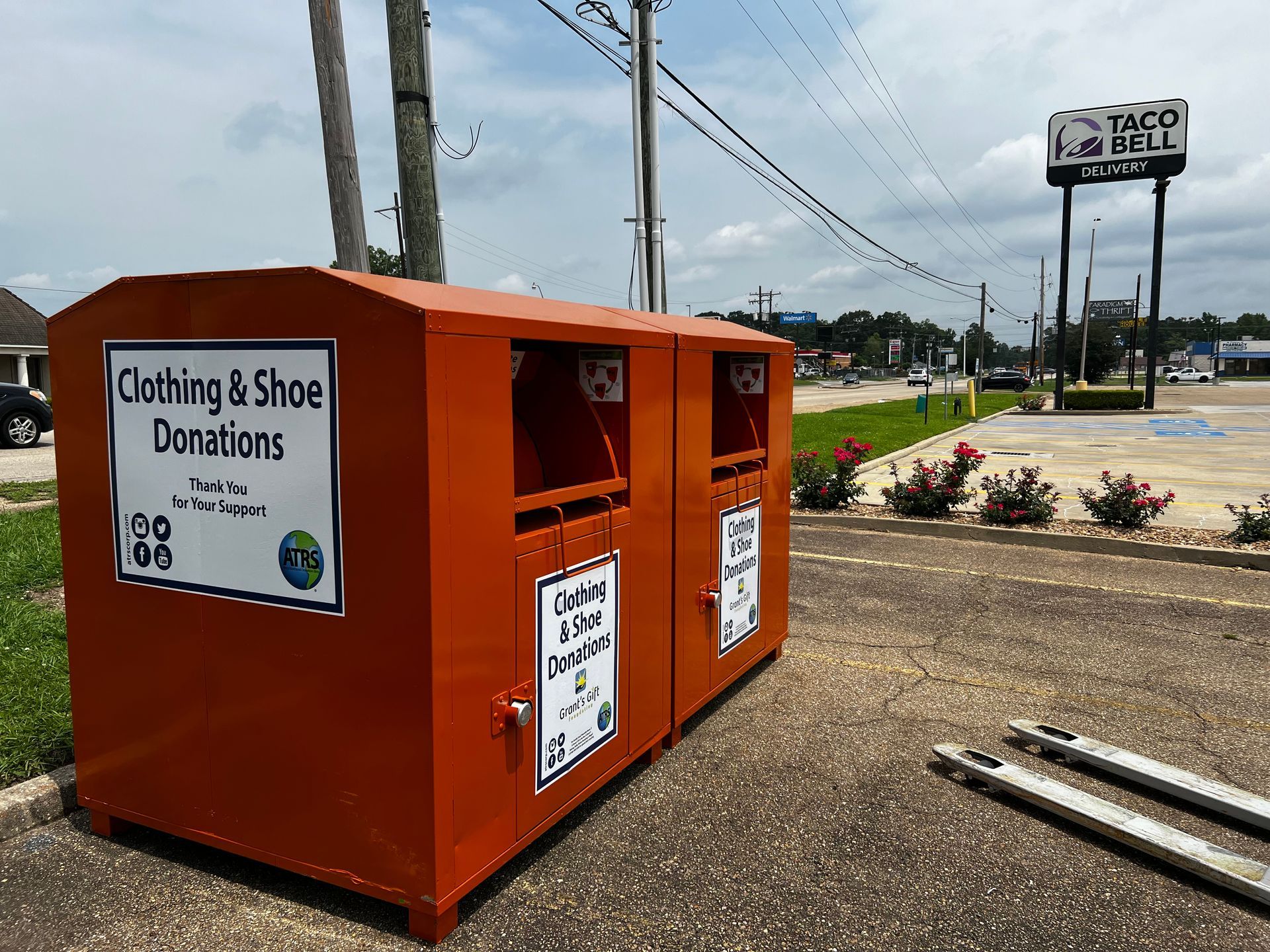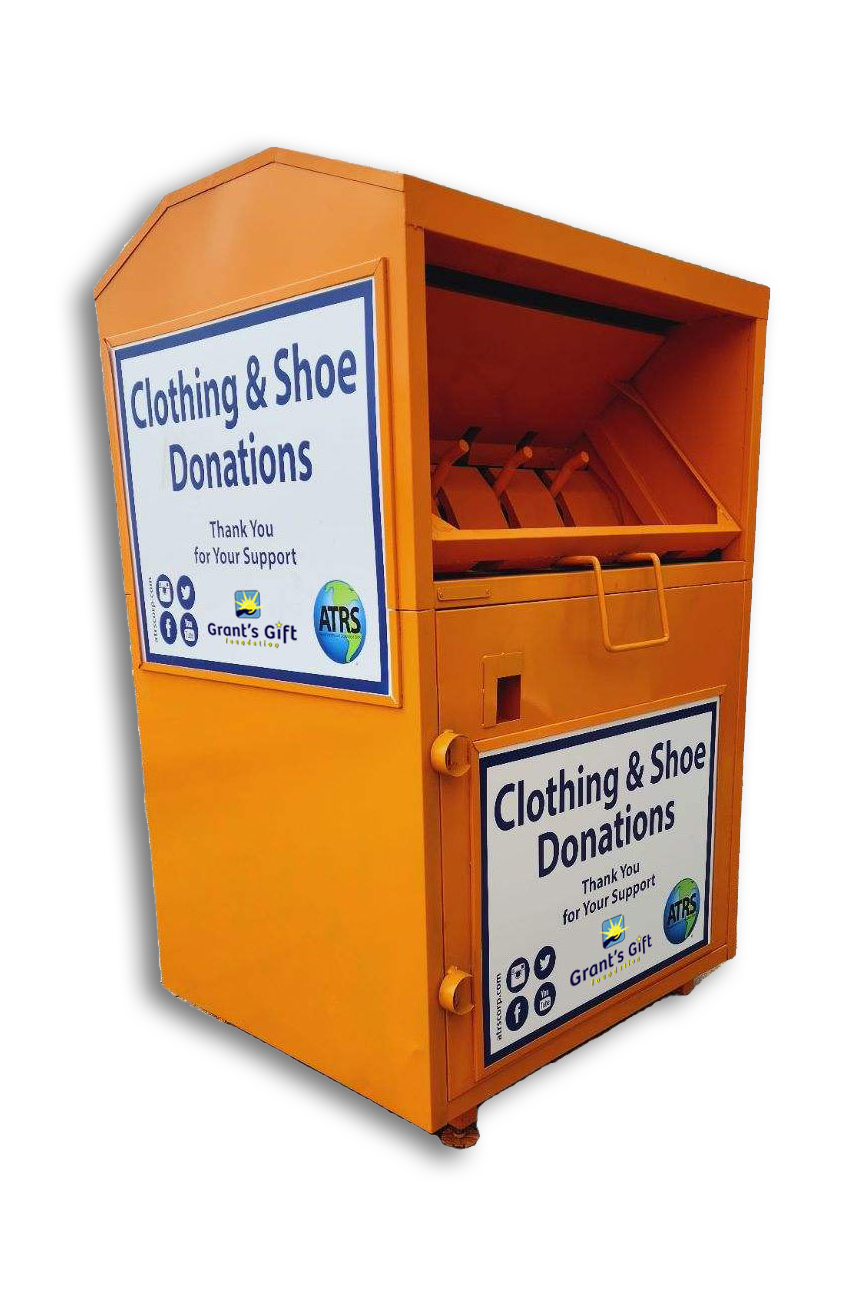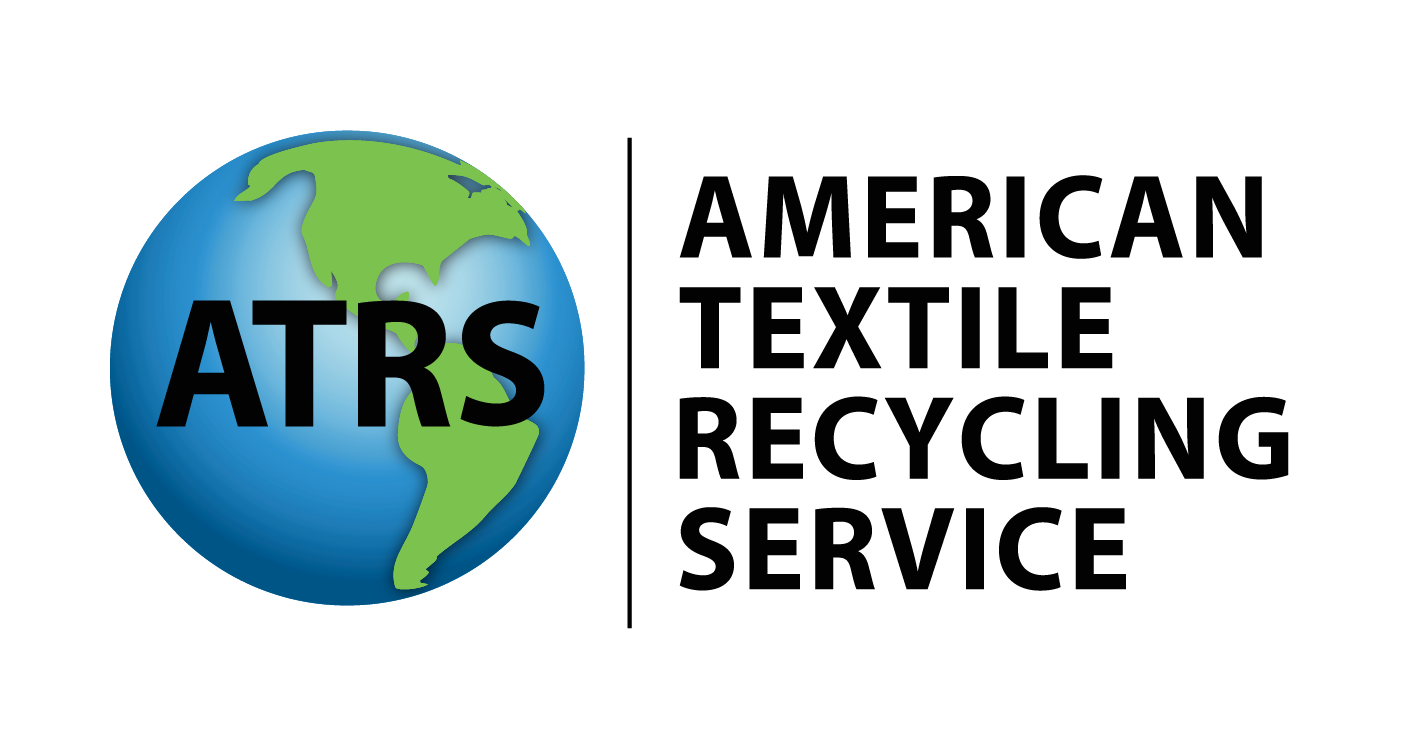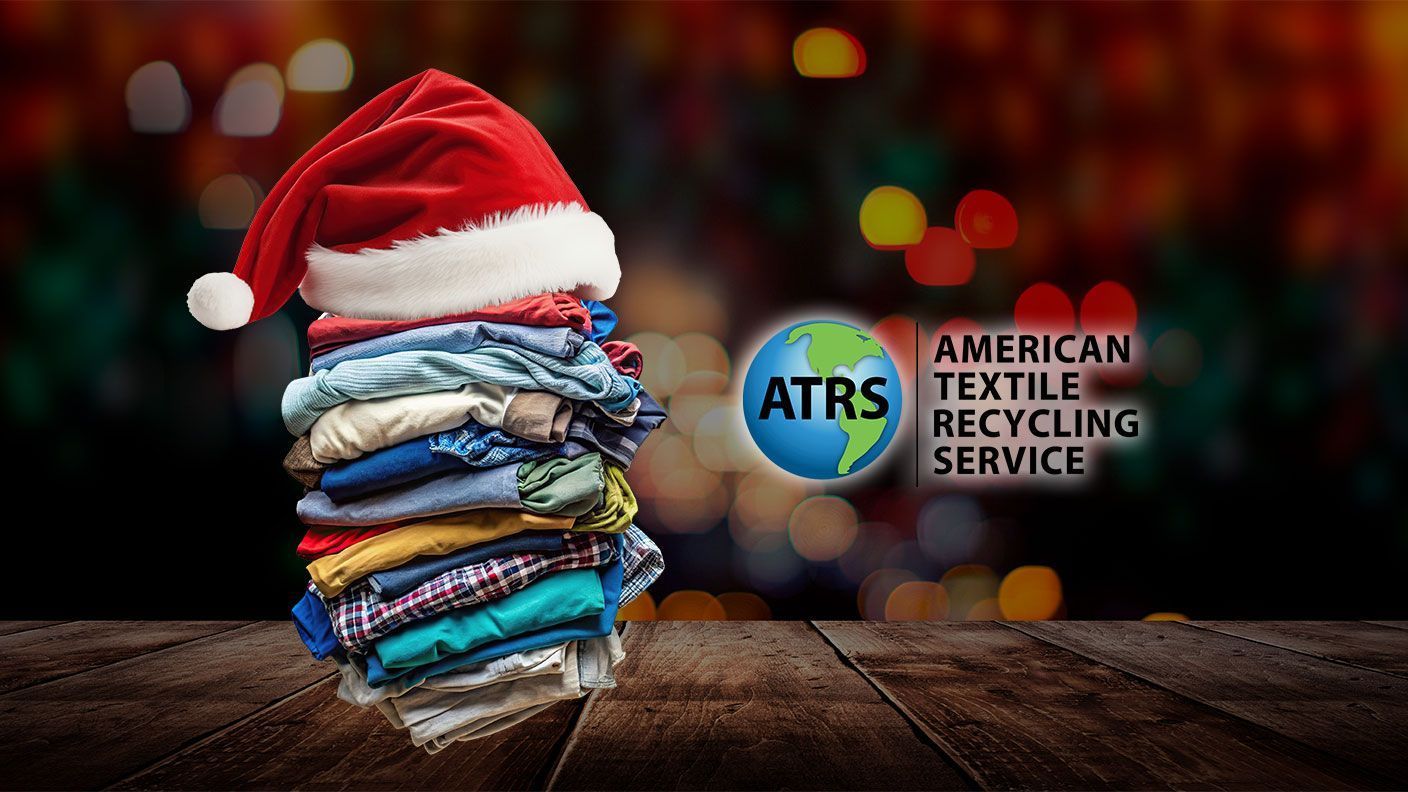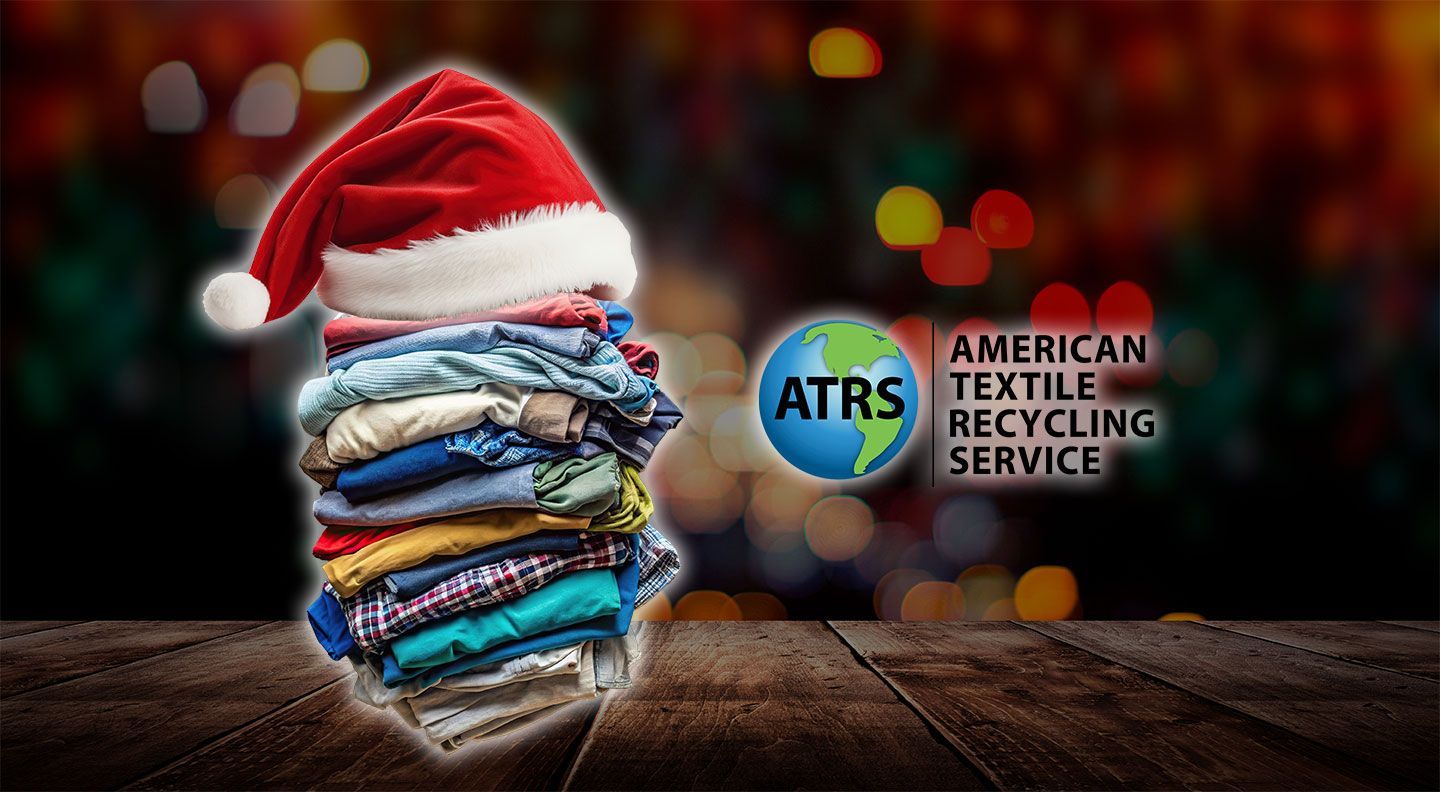The Benefits of Clothing Bin Donations
A Sustainable Solution for Our Planet

In today’s world, sustainability is more important than ever. As concerns over climate change, pollution, and resource depletion continue to rise, finding ways to reduce waste and promote recycling has become a global priority. One of the most effective yet often overlooked solutions is the humble clothing donation bin.
While these bins may seem simple at first glance, they play a crucial role in diverting millions of pounds of textiles from landfills every year. Clothing donation bins not only provide a convenient way for individuals to donate their unwanted items, but they also contribute significantly to environmental sustainability. In this blog, we’ll explore how these donation bins benefit the environment and why they’re an essential part of the global recycling effort.
1. Reducing Textile Waste
Every year, millions of tons of clothing are thrown away, contributing significantly to global waste. In fact, the average American discards around 81 pounds of clothing annually, much of which ends up in landfills. This textile waste represents a growing problem, as clothing and textiles take up valuable landfill space and can take hundreds of years to decompose.
Clothing donation bins offer a simple solution to this growing issue. By placing bins in accessible locations across communities, ATRS helps divert textiles that would otherwise end up in the trash. Donors can easily drop off their gently used clothing, shoes, and household textiles, ensuring these items are either recycled or repurposed, rather than being buried in a landfill.
2. Promoting the Circular Economy
The circular economy is a model that aims to keep products and materials in use for as long as possible, reducing waste and minimizing environmental impact. Clothing donation bins are a perfect example of the circular economy in action.
When items are donated, they are sorted and either resold at affordable prices through thrift stores or recycled into new products, such as insulation or industrial cleaning rags. This model prevents textiles from being wasted and allows valuable materials to be reused, reducing the need for new resources to produce more clothing.
By recycling and repurposing donated clothing, we can reduce the demand for fast fashion, which is known for its significant environmental footprint. This cycle of reusing materials helps create a more sustainable fashion industry, supporting the planet and future generations.
3. Lowering Carbon Footprint
The production of new clothing is energy-intensive, requiring significant resources such as water, energy, and raw materials. The fashion industry is responsible for 8-10% of global carbon emissions, which is more than all international flights and maritime shipping combined.
By donating clothing instead of purchasing new items, we’re helping reduce the carbon footprint of the fashion industry. Donated clothing is typically recycled or reused locally or abroad, reducing the need for manufacturing new products. This helps conserve energy, water, and other resources, ultimately leading to a lower overall environmental impact.
4. Supporting Local Communities
While the environmental benefits of clothing donation bins are significant, there’s also an important social impact. Many of the items donated through these bins are either resold or distributed by local charities, supporting families in need, community outreach programs, and global humanitarian efforts.
For example, in areas where ATRS operates, the funds raised through the resale of donated textiles go to local charities that are improving the quality of life for those in need.
By supporting local charities, clothing donation bins help foster a sense of community and encourage people to participate in sustainable giving. This creates a win-win situation for both the environment and the people who benefit from these donations.
5. Raising Awareness About Textile Recycling
Clothing donation bins are also an excellent tool for educating the public about textile recycling. Many people don’t realize that textiles, unlike other waste, can be easily recycled and given a second life. By placing donation bins in public spaces, ATRS encourages individuals to rethink their waste and consider donating instead of discarding.
As awareness about textile recycling grows, more people are likely to engage in sustainable practices, contributing to a more conscientious society. Public participation in the donation process directly helps reduce the environmental burden of textile waste and supports efforts to build a more circular economy.
6. Making a Simple Change for a Big Impact
Perhaps the most remarkable aspect of clothing donation bins is how easy they make it for people to contribute to the environment and their communities. Donating unwanted clothing doesn’t require a large commitment of time or effort, and it’s a small change that can have a big impact. Whether you’re cleaning out your closet or donating a few old items, each donation matters.
It’s a simple, everyday action that allows people to actively participate in reducing textile waste, supporting charitable causes, and fostering a more sustainable future for the planet.
Donate Today, Make a Difference Tomorrow
Clothing donation bins are far more than just containers for unwanted clothing. They are a gateway to sustainability, a convenient solution for reducing waste, and a means of supporting local charities. By donating your gently used clothing, shoes, and textiles, you’re helping reduce textile waste, lower carbon emissions, and support local communities in need.
So, consider cleaning out your closet and dropping off your unwanted items at an ATRS donation bin. Every donation counts. Together, we can make a lasting impact on the environment and the communities we serve.
Donate today and make a positive change for the planet and the people who need it most.
